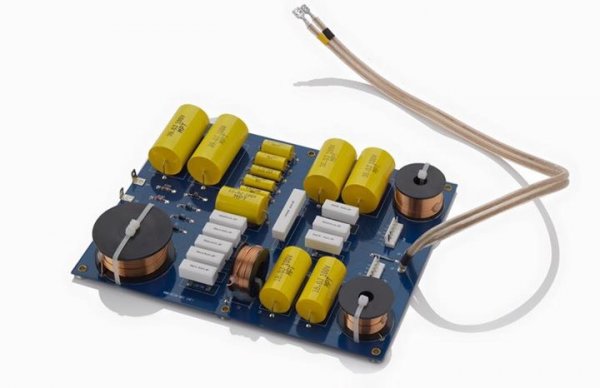today I finally had the chance to listen to Michael's system again. he was kind enough to make time, especially because I was pretty curious in regards to the speaker and the resulting changes. the last time that I had been there he still had the YGs and it had been a benchmark experience mainly in regards to how clean LFs could sound like. I'm not a bass-head, but the articulate, precise and DEEP LFs of his system had me realize how much of that I was missing in my listening sessions at home and started an still unsolved itch for an upgrade in speakers. it had also been the only situation in which I felt that an amplifier was actually able to really control the YGs. btw, for what it's worth: I make pretty specific mental and written notes, which helps me immensely even when there is a considerable time between auditions. however, it still continues to be extremely subjective, so ymmv.
my main impressions today where as following:
- significant change in sound stage
- significant change in "sweet spot"
- more than significant change in dynamics
- some change in resolution
I'll try to quickly elaborate on each of these
sound stage with the JBLs (and maybe other changes, although I'd probably attribute them to change of speakers) was wider and significantly deeper. layering and depth was better and so was panning. height was inferior, though.
sweet spot - much wider now. with the YGs I was aware that I couldn't move much without altering the sound stage, which made me a little more tense in my sitting position than today. with the JBLs I felt comfortable to move around more, turn my head more without losing sound stage. this resulted in a physically more relaxed listening session and, in my opinion, will probably make quite a difference in the way music can be appreciated on a daily basis.
dynamics - this was something that I only became conscious of at the end of the listening session. macro dynamic swings were more natural, which might explain why I didn't observe it right away. macro dynamics are very different now than with the YGs. since I don't listen to music loud it isn't about how loud you can play, although they seem to be able to play plenty loud, but how effortless the macro dynamic swings were. on the other hand, micro dynamics weren't as refined as with the YGs, which, in my opinion, might have to do with the next item
resolution - I personally felt that the system lost somewhat in resolution and transparency. there is more immediacy, but it's slightly less refined and clear than I recall. HF decay suffered somewhat. If I were to use a visual analogy, I'd say that some sharpness was gone from the picture. now, this is compared to what I heard last time and in no way means that resolution was lacking. anyone who knows Michael is aware that his path in audio is one of a search for neutrality and faithful reproduction of the source material, not afraid to abandon the trodden path in order to achieve the sound he visualizes.
Last, but no least: coming back home the itch for a small speaker that can deliver better and deeper LFs is back full throttle. there's something that full range does to the whole harmonic spectrum (not only the LFs) that is lacking in my system, especially because I love full-blown Mahler, but I'm guessing that it just might be a matter of physics.

at least I know I have a place where I can experience that in spades. thanks again, Michael. I hope to be back soon.




